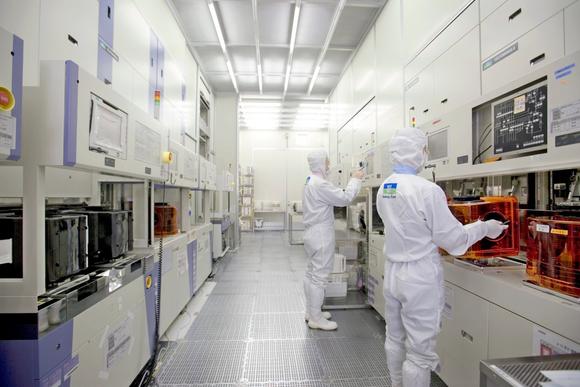We have been on a roller coaster ride of on again off again trade talk between China and the US. It is unclear where we are on a day by day basis but of late it appears that we are not seeing a lot of progress and some progress we thought we had made may not have actually happened.… Read More
Tag: china
China is right: The world doesn’t need Silicon Valley
Ever since the Chinese Government banned Facebook in 2009, Mark Zuckerberg has been making annual trips there attempting to persuade its leaders to let his company back in. He learned Mandarin and jogged through the smog-filled streets of Beijing to show how much he loved the country. Facebook even created new tools to allow China… Read More
What does the Lattice rejection mean for chip M&A?
Although the rejection of the Lattice deal was expected, it none the less has an impact on a number of dynamics in the chip industry and further M&A and consolidation. Freezing out China removes a “catalyst” in the market which help bid up values and add fear to both potential targets or those left out. Cross border… Read More
Could China Take the Lead in Installed 300mm Capacity?
China buys more than half of the semiconductors manufactured in the world and yet only produces less the 10% of their own demand. Recently there have been a lot of announcements out of China about large scale investments in semiconductor manufacturing. The Chinese government for example has announced plans to invest $161 billion… Read More
Intel Spreadtrum ARM SoCs
In June of 2013 Edward Snowden copied and leaked classified information from the National Security Agency (NSA). His actions exposed numerous surveillance programs that many governments around the world reacted to, including China. In September of 2013 China Vice Premier Ma Kai declared semiconductors a key sector for the … Read More
Always-On IoT – FDSOI’s Always Better? What About Wafers? (Questions from Shanghai)
Mahesh Tirupattur, EVP at low-power SERDES pioneer Analog Bits lead off the panel discussion at the recent FD-SOI Forum in Shanghai with the assertion that for anything “always on” in IoT, FD-SOI’s always better. They had a great experience porting their SERDES IP to 28nm FD-SOI (which they detailed last spring – see the ppt here… Read More
GloFo’s 12nm FD-SOI: why it makes headlines in China
As you’ve probably seen in (excellent!) recent semiwiki postings by Eric Esteve and Scotten Jones, 12nm FD-SOI has now officially joined the GlobalFoundries’ roadmap. Eric and Scotten did a great job of putting many things in perspective. But this is a big piece of news, so here I propose looking at it from yet another perspective,… Read More
SiFive execs share ideas on their RISC-V strategy
Since its formation just last year, SiFive has been riding the RISC-V rocket from purely academic interest to first commercialization. In an exclusive discussion, I talked with CEO Stefan Dyckerhoff and VP of Product and Business Development Jack Kang about their progress so far and what may be coming next.
Previously, I covered… Read More
Is the Intel Cash Cow in Danger?
There was an interesting panel at the Silicon Summit sponsored by the Global Semiconductor Alliance (GSA) on “Designing for the Cloud.” It was led by Linley Gwennap (The Linley Group) with Ivo Bolsons (Xilinx), Ian Ferguson (ARM), and Steve Pawloski (Micron). Missing of course was Intel which derives close to 30% of its revenue… Read More
Donald Trump’s demand that Apple must make iPhones in the U.S. actually isn’t that crazy
Donald Trump has promised that “we’re gonna get Apple to start building their damn computers and things in this country, instead of in other countries.” He said this ata speech at Virginia’s Liberty University andseveralother events. It is very likely that he is not serious; Trump tends to say things he couldn’t possibly mean. … Read More


